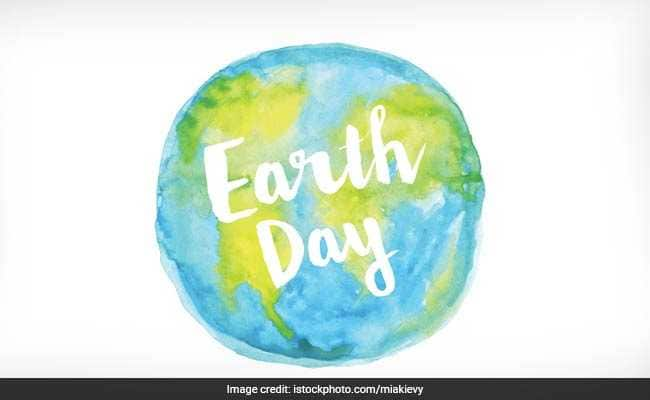DAY 5: The Sky’s the Limit!
Activity 1: Environment Day - Beat Plastic Pollution 
Every year we celebrate World Environment Day in June. On World Environment Day we do what we can to protect our planet. This year the focus is on reducing the use of plastic bags and water bottles. Watch this Environment Day video to learn more about it!
What could you and your family do to protect the planet?
I think me and my family can help our earth mother by picking up all the rubbish so our oceans don't get polluted. This is why we should help and save our cool environment ..................
Activity 2: Adoption Day
Not only can you help the planet by reducing, reusing and recycling, you can also help to save animals and plants by ‘adopting’ them. To ‘adopt’ an animal through the World Wildlife Fund (WWF), you need to visit their adopt a species page, read through the list of animals and choose one.
With the WWF, you don’t actually adopt the animal and bring it home! It’s a symbolic adoption. In this case you pay a fee ($55.00) and the money is used to provide food and care for your chosen animal. Visit the WWF site and take a look at the animals who are available for adoption. Choose your ‘top three’ animals from the website.
My three animals are:
A lion cub :
A horse :
And a rabbit :
Activity 3: Concluding the Journey
Sadly, the Summer Learning Journey has now come to an end. It is time to reflect on everything that you have learned about the environment and, particularly, about how you can protect and preserve it.
- What is one thing that you learned from participating in the Summer Learning Journey programme this year?
- What is one thing that surprised you?
- What is one thing that concerned or upset you?
- What is one thing that you (or your family) can do, moving forward, to help protect our natural environment?
Answers:
1. I've learnt more of my reading writing and maths and how I can make progress.
2. That there were maths in it.
3. that I had to type a lot of writing.
4. By picking up the rubbish.
THE END:

